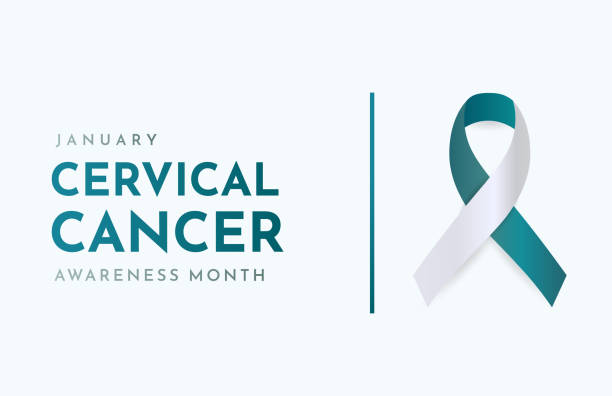Cervical Cancer Awareness Month
Cervical cancer is a significant health concern affecting women globally. This form of cancer originates in the cervix, the lower part of the uterus, and is often linked to persistent infection with high-risk types of human papillomavirus (HPV). Understanding the statistics, symptoms, risk demographics, prevention strategies, and the importance of regular check-ups is crucial for promoting women’s health and preventing cervical cancer.
Cervical cancer remains a prevalent issue worldwide, with over
600,000 new cases reported annually. Sadly, it is responsible for over 300,000 deaths each year. However, the availability of effective screening programs and vaccines against HPV has led to a decline in cervical cancer rates in many developed countries.
Cervical cancer may not manifest noticeable symptoms in its early stages, underscoring the importance of regular screenings. As the disease progresses, symptoms may include abnormal vaginal bleeding, pelvic pain, pain during intercourse, and unusual vaginal discharge. Recognizing these signs and seeking medical attention promptly is vital for early detection and effective treatment.
While cervical cancer can affect women of all ages, certain demographics face a higher risk. Women with a history of persistent HPV infection, those with weakened immune systems, and those who smoke are at an increased risk. Additionally, women from lower socioeconomic backgrounds may experience disparities in accessing healthcare resources, leading to higher rates of cervical cancer.
Preventing cervical cancer involves a multifaceted approach:
Vaccination: The HPV vaccine is a powerful tool in preventing cervical cancer. Administered to both males and females, it protects against the most common high-risk HPV types.
Regular Screenings: Pap smears and HPV tests are essential for early detection. These screenings can identify abnormal cell changes before they develop into cancer, allowing for timely intervention.
Safe Sexual Practices: Practicing safe sex, including consistent condom use and limiting sexual partners, can reduce the risk of HPV transmission.
Avoid Smoking: Quitting smoking is crucial, as tobacco use is a known risk factor for cervical cancer.
Healthy Lifestyle: Maintaining a healthy lifestyle, including a balanced diet rich in fruits and vegetables, regular exercise, and stress management, contributes to overall well-being and may lower the risk of cervical cancer.
Regular Check-ups: Routine check-ups with a healthcare professional are fundamental for cervical cancer prevention. Women should discuss their risk factors, undergo recommended screenings, and receive guidance on maintaining optimal reproductive health. The frequency of screenings may vary based on age, risk factors, and personal medical history. Generally, women are advised to begin cervical cancer screenings at age 21 and adhere to their healthcare provider’s recommendations for subsequent screenings.
In conclusion, awareness, vaccination, regular screenings, and adopting a healthy lifestyle are integral components of cervical cancer prevention. By understanding the risks, recognizing symptoms, and proactively engaging in preventive measures, women can take control of their reproductive health and reduce the impact of cervical cancer on individuals and communities.



